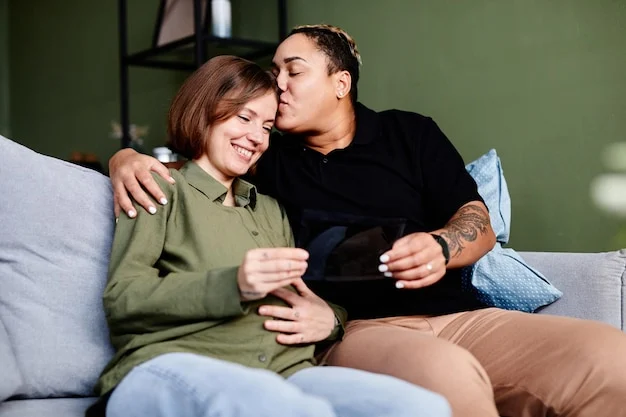Your cart is currently empty!
Teaching Empathy: A Lesson in Friendship
One day, my daughter, Emma, came home from school all worked up about a classmate named Sarah. “Mom, she’s so annoying!” Emma exclaimed. Naturally, I was curious. “What’s she doing that bothers you?” I asked, ready to defend my little girl. “She just follows me around at recess and sits next to me at lunch!” Emma replied as if that explained everything. My initial thought was, “Wait, you mean she’s trying to be friends?”
In that moment, I realized I had a serious issue on my hands. Right in the middle of my crew of five kids was this confident, lively girl who was, unbeknownst to her, mirroring my own childhood experiences. I was the awkward kid back then, desperate for friends, and now I was watching my daughter treat another little girl as if she was beneath her. It hit me hard; that was the beginning of a subtle form of bullying.
The next morning, we clashed. Emma attended a private school where she and her friends often held the social power. After a quick chat with Sarah’s mom later that day, I found out my fears were confirmed. Emma and her friends were actively excluding Sarah, not with direct meanness, but simply by ignoring her—an insidious form of rejection.
I know some parents might think I overreacted, but I genuinely believe that this is where bullying starts. It’s easy to dismiss someone when we wrongly assume they have nothing to offer. I’ve been around long enough to see how children, and adults, engage in this social Darwinism, where acceptance and rejection are based on superficial assessments.
So, I decided it was time for a frank talk with Emma. We needed to explore what motivates people to include or exclude others. It’s a lesson in human nature that’s relevant at any age. We have to teach our kids that every individual has value and deserves respect.
I knew a simple command to “be nice” wouldn’t cut it. Kids often think they’re being nice just by avoiding outright cruelty. We needed to connect the dots between their social instincts and the implications of those instincts. So, I challenged Emma to learn more about Sarah. I instructed her to come home the next day with three interesting things about Sarah that she hadn’t known before.
Emma was not on board with this plan. But I stood my ground, refusing to drive her to school until she agreed. It seemed like I had the upper hand since I had the car keys! Eventually, she reluctantly agreed. On the drive to school, we talked about how she could “invest” in Sarah, using my social bank analogy. I explained that she could easily make a withdrawal on Sarah’s behalf without risking much herself.
The next day, Emma had a somewhat better day, though she still grumbled about how her friends’ moms let them choose their own friends. Nevertheless, she came home with three new things she learned about Sarah. I followed up with Sarah’s mom two weeks later to see how things were going. It was all about follow-through, which I think a lot of us overlook. Just like how we monitor our kids’ diets and schoolwork, we need to be involved in their social lives too. Sarah had been welcomed into their group, and things were looking good.
Fast forward a few years, and Sarah’s family moved away. Emma was genuinely sad when they parted ways, but they still connect through social media. They had built a friendship that benefited both girls. Emma is now a 20-year-old college student with a diverse circle of friends. She learned that first impressions can be misleading and that friendships can come from unexpected places.
The most important lesson? While I may not fuss over every little detail of her life, treating others well is non-negotiable. Parents, it’s crucial to invest time in teaching your kids about social interactions. If we’re going to be the hovering generation, let’s at least focus on the right things.
In summary, we must encourage our children to be inclusive and recognize the value in everyone, regardless of their social standing. By guiding them through these lessons, we help them become kinder, more empathetic individuals.
